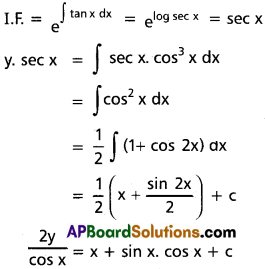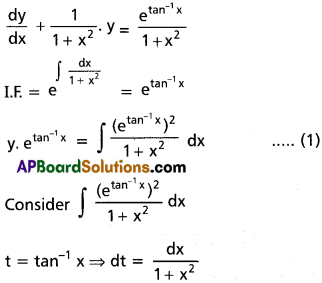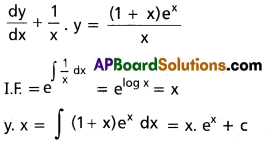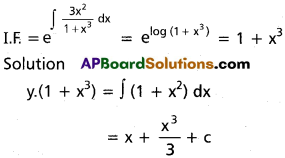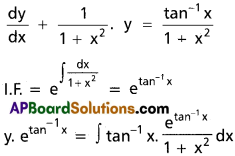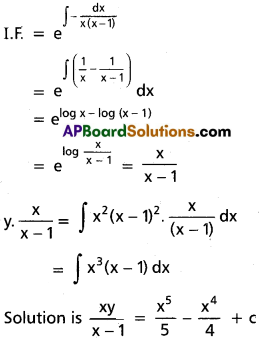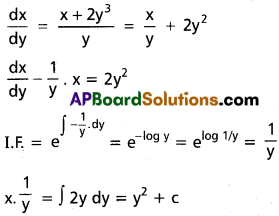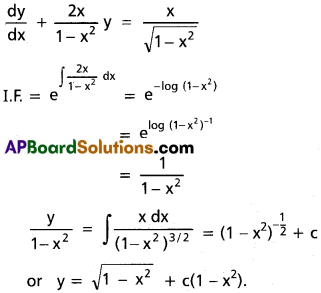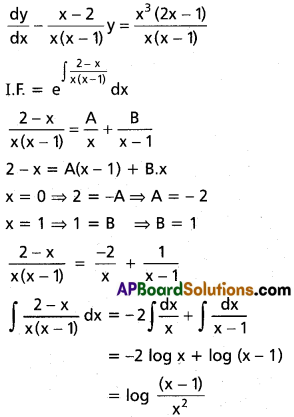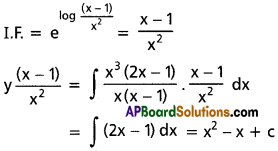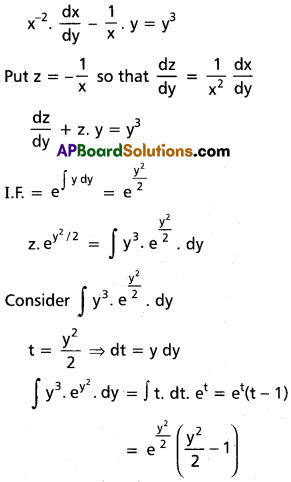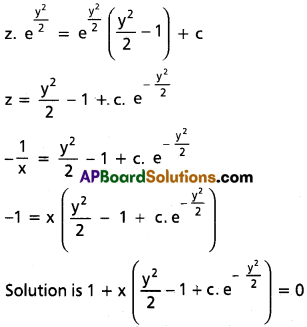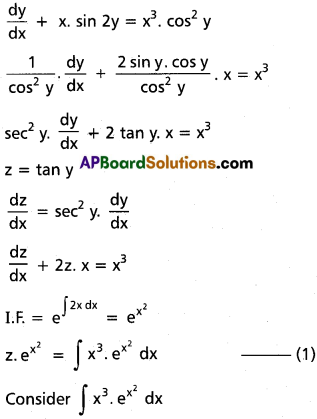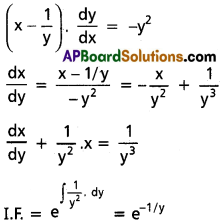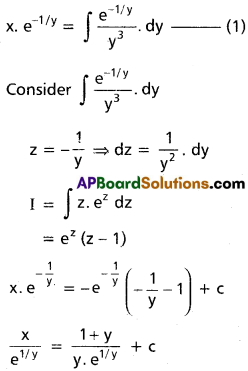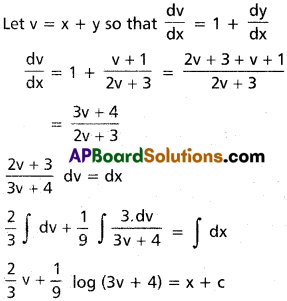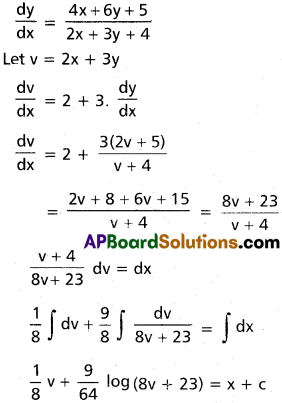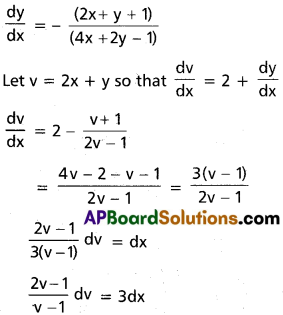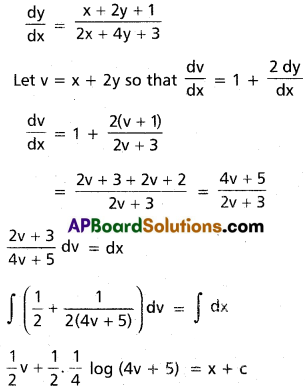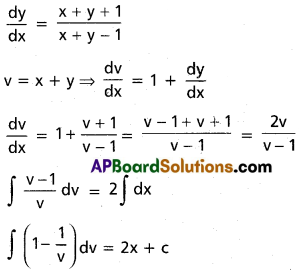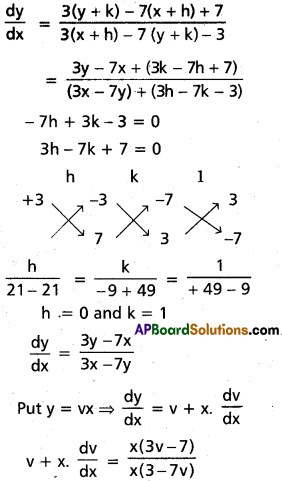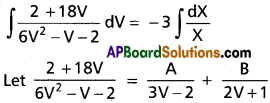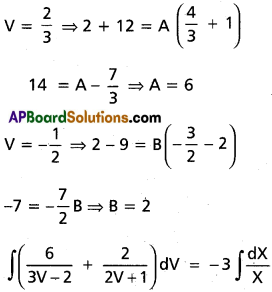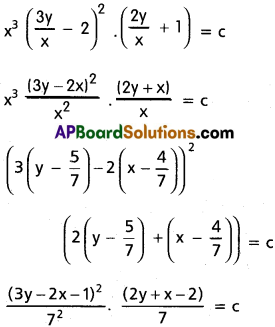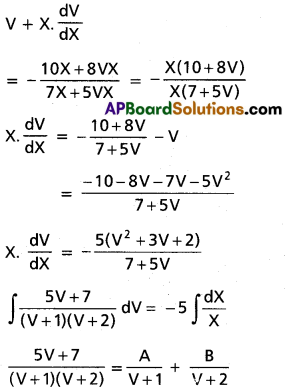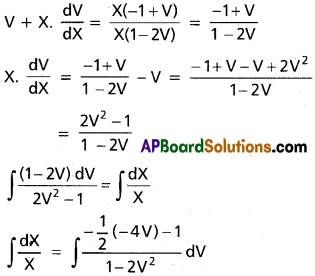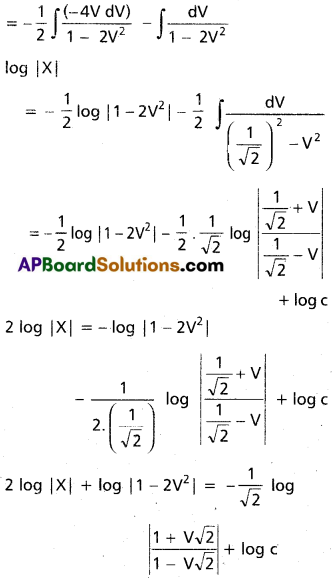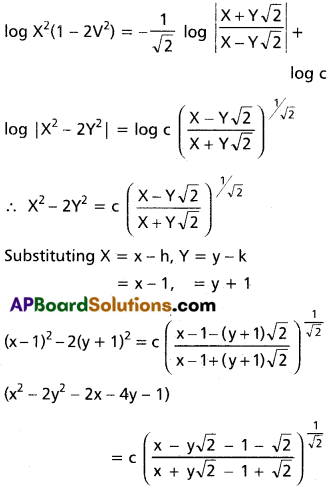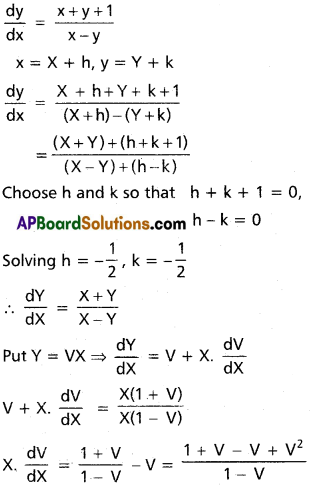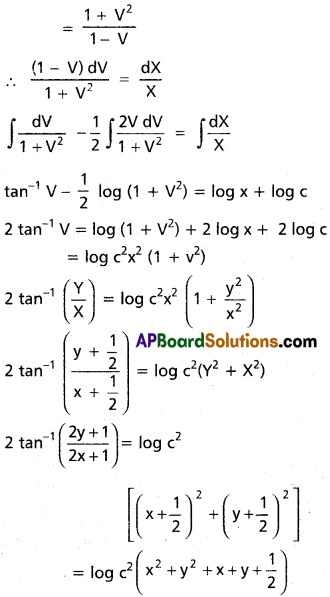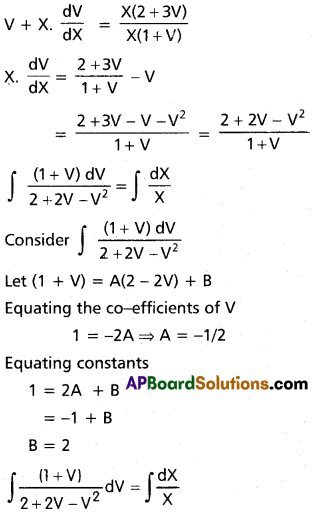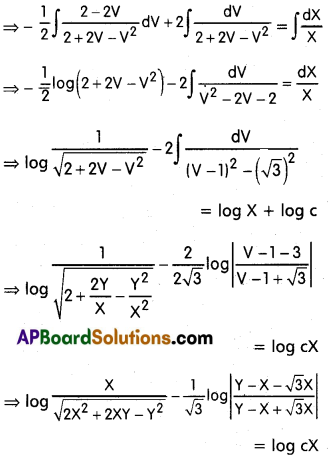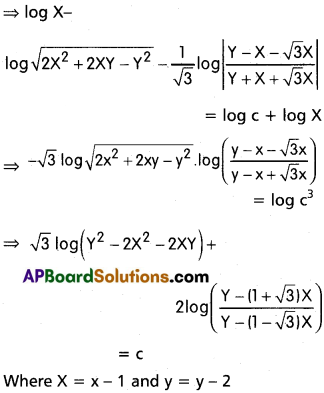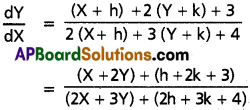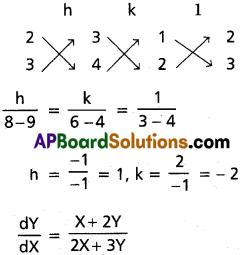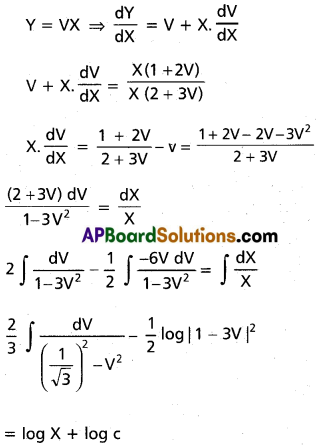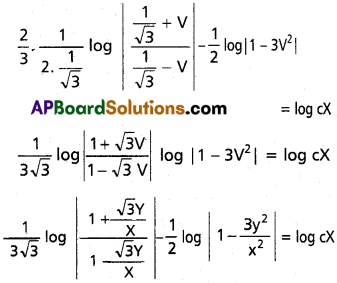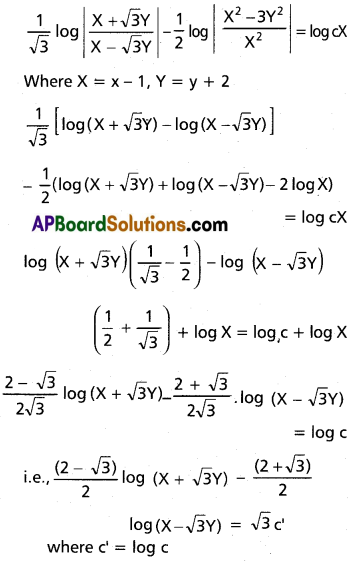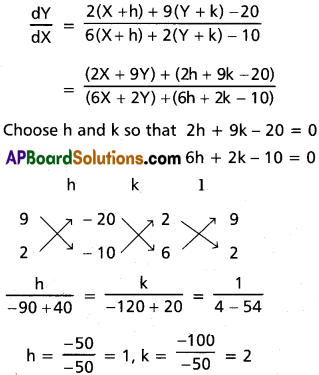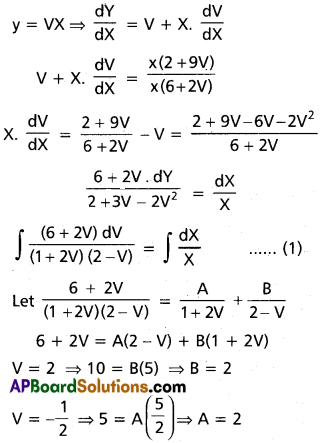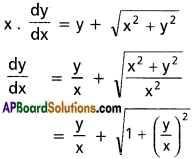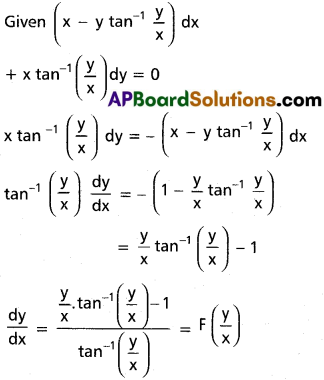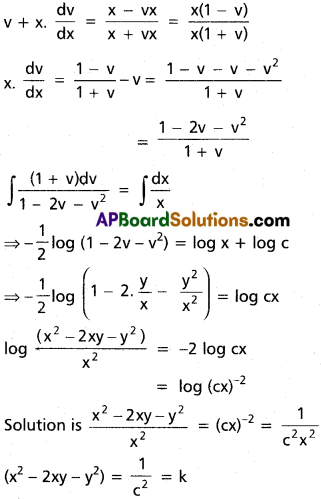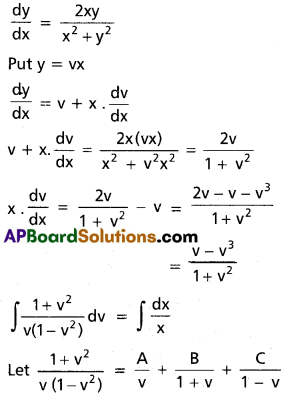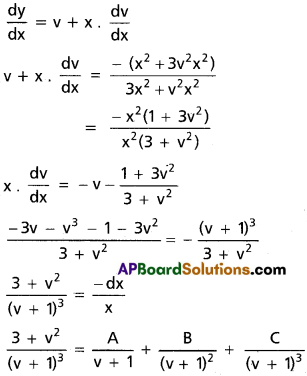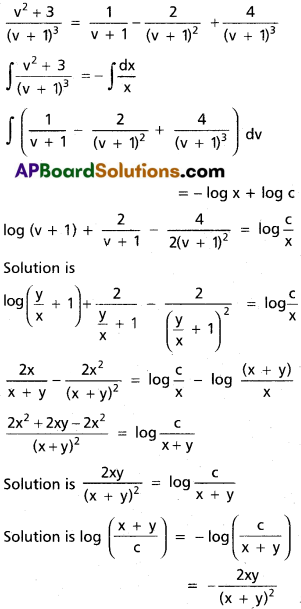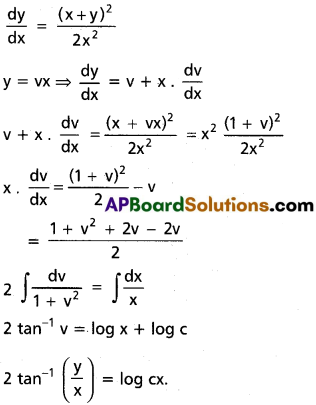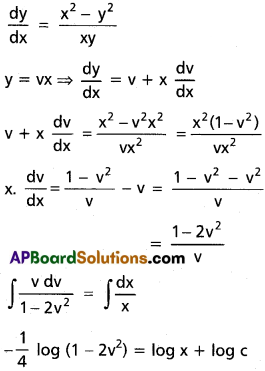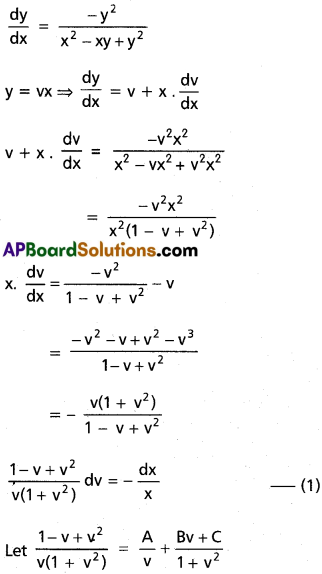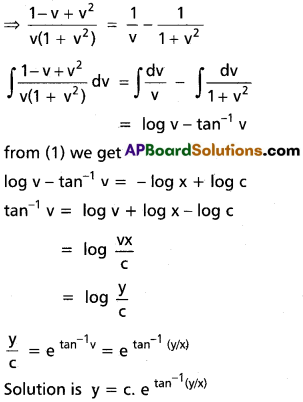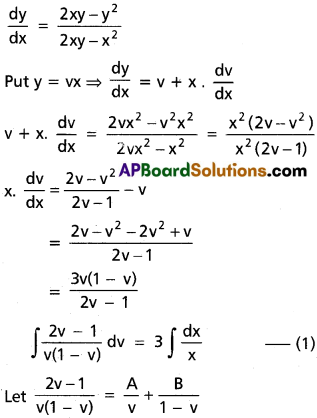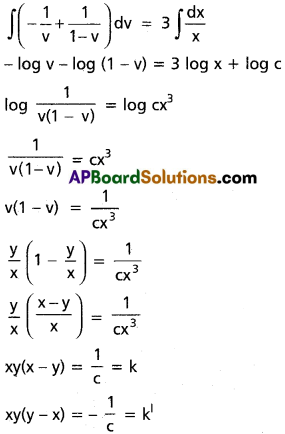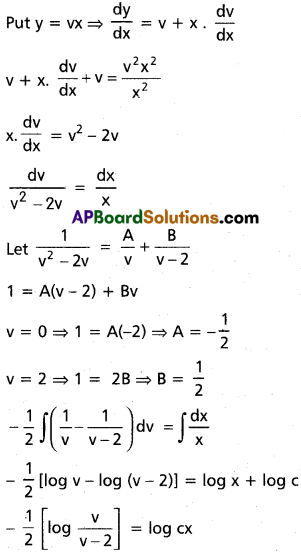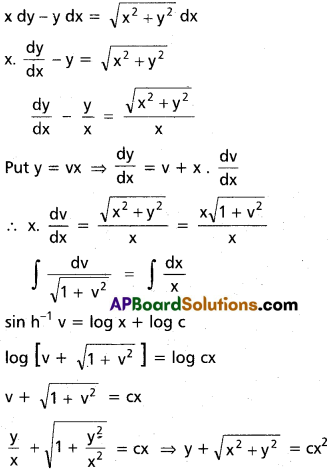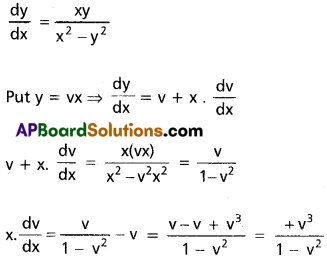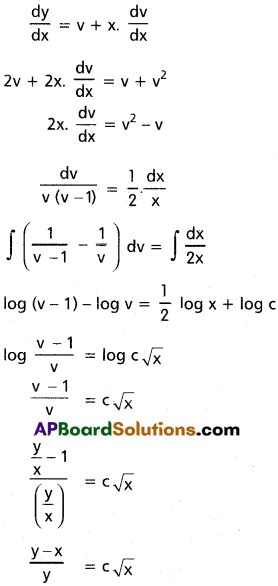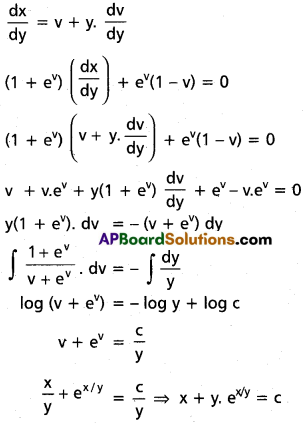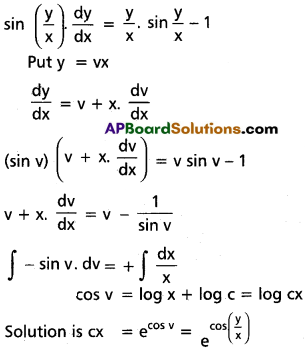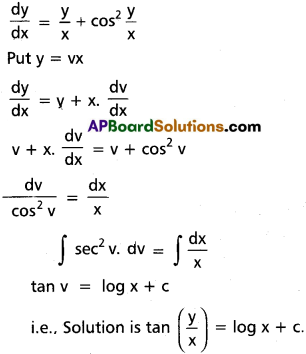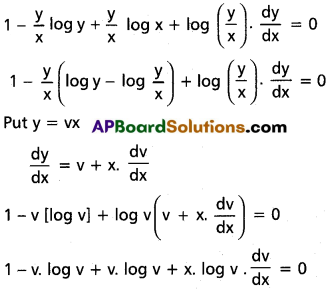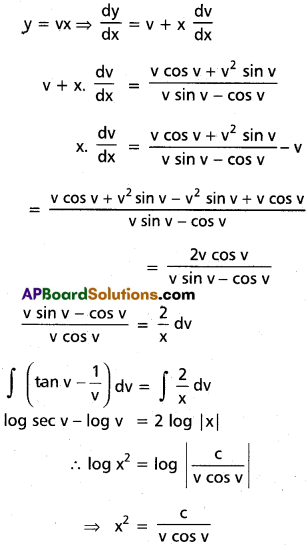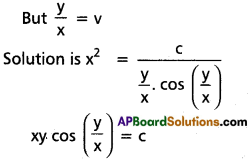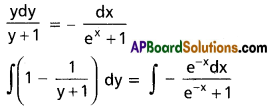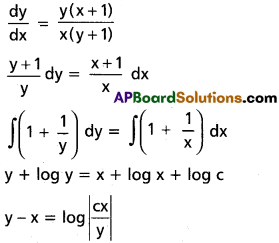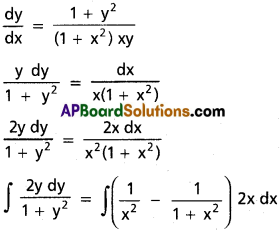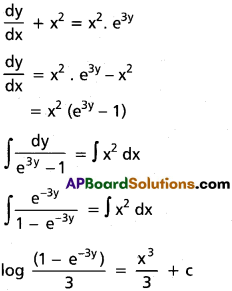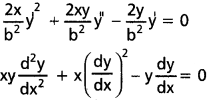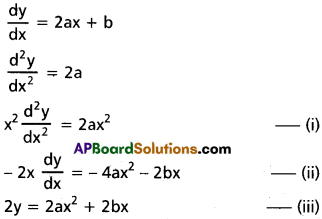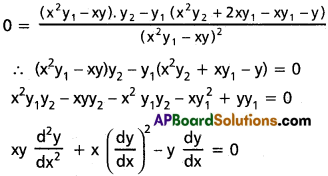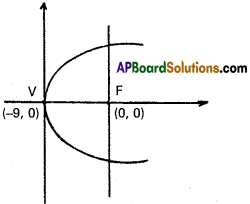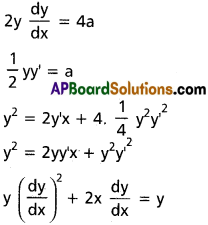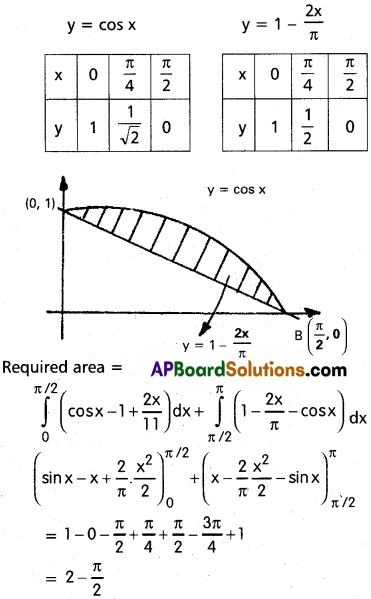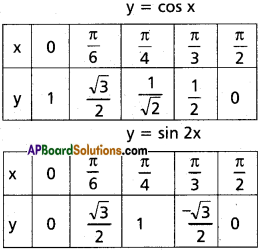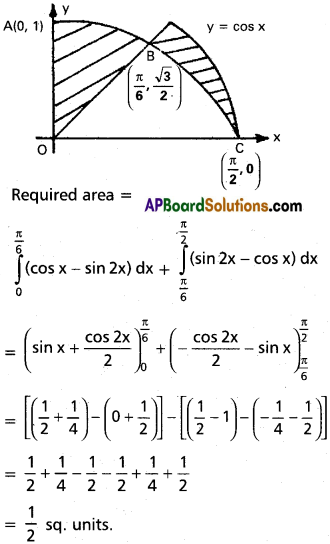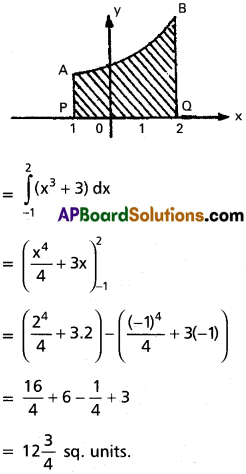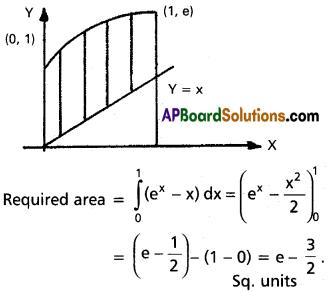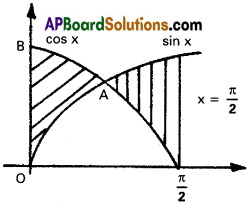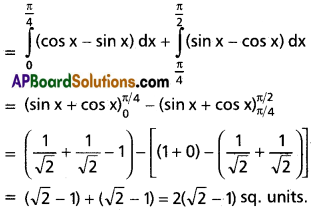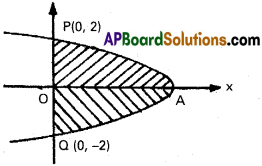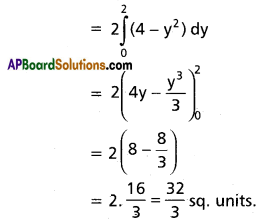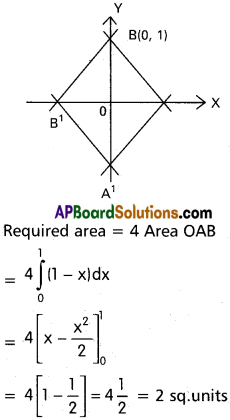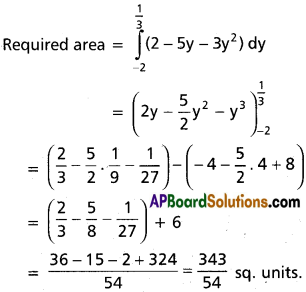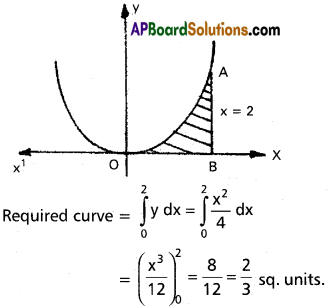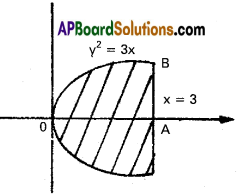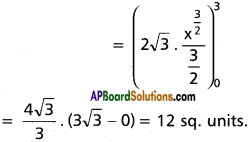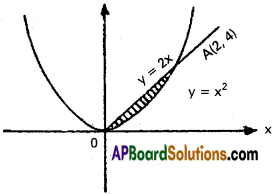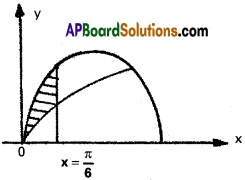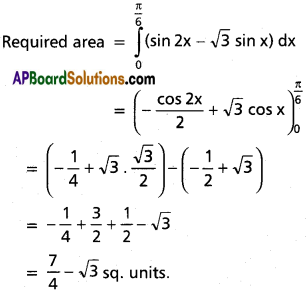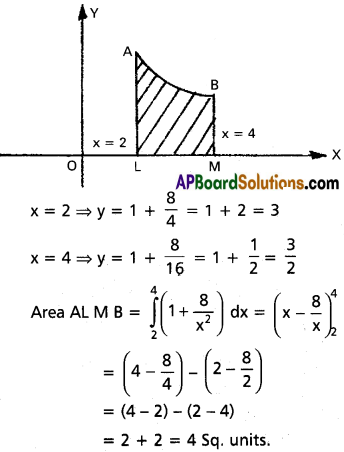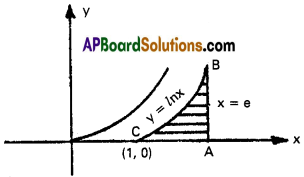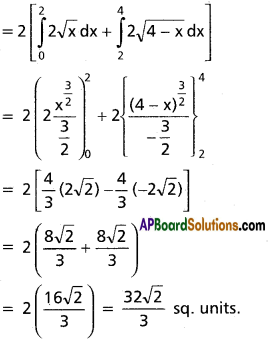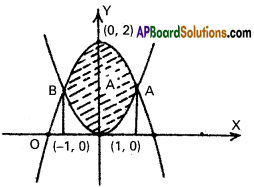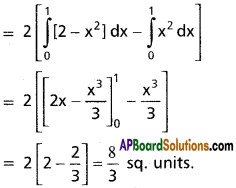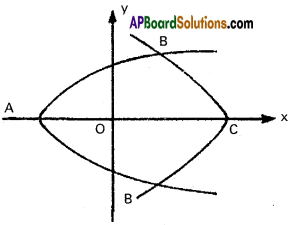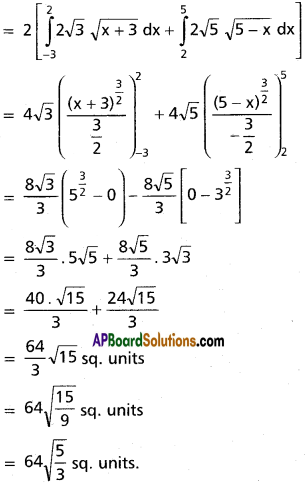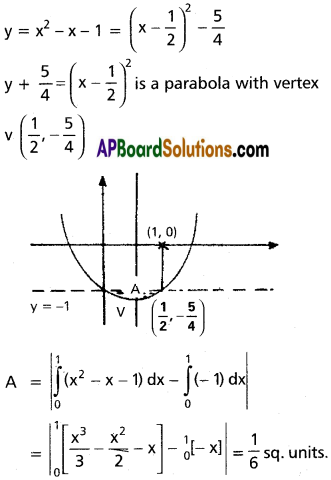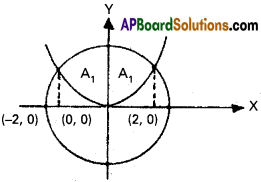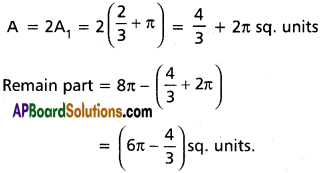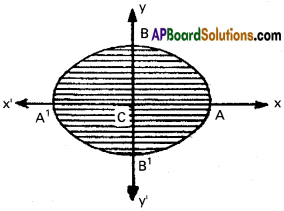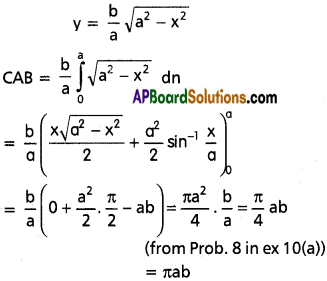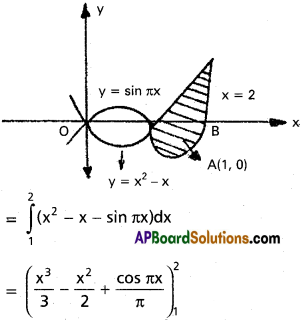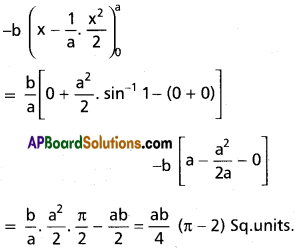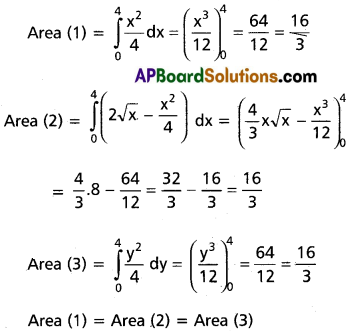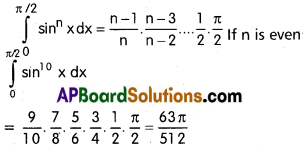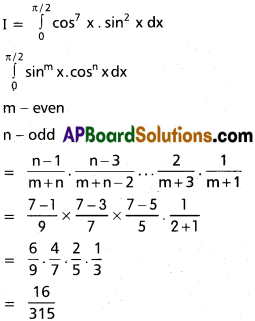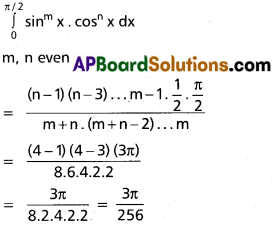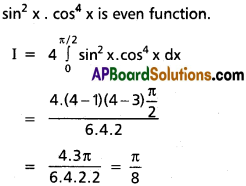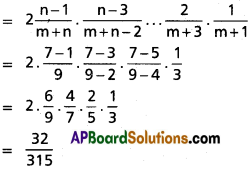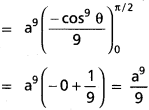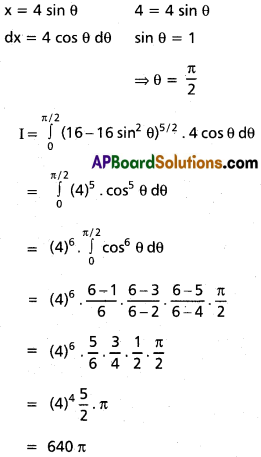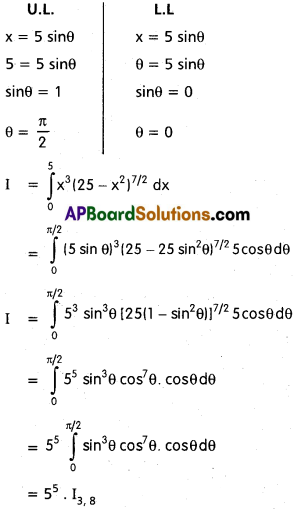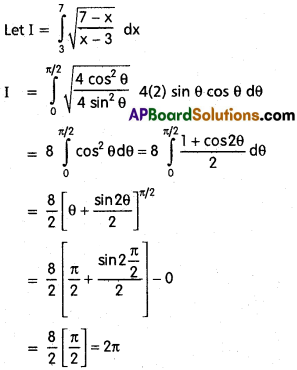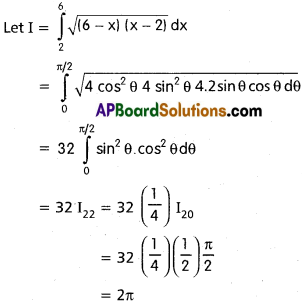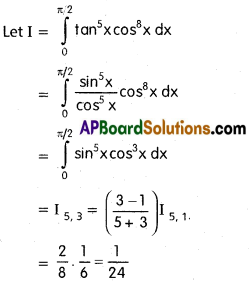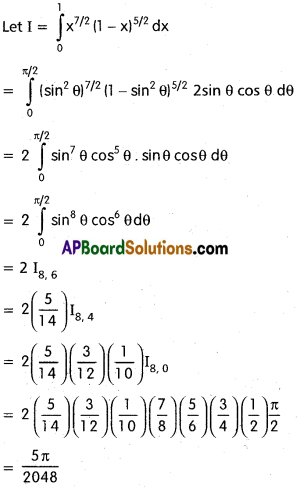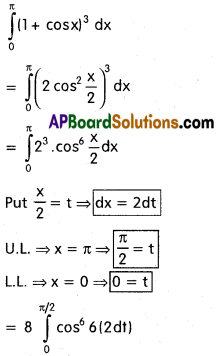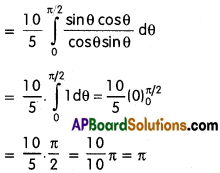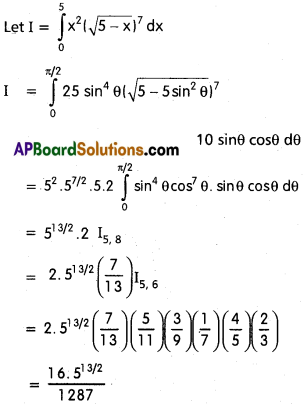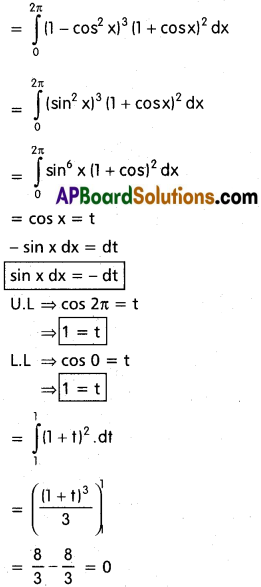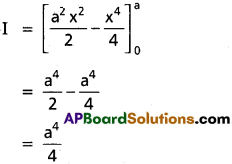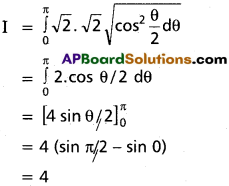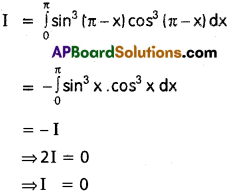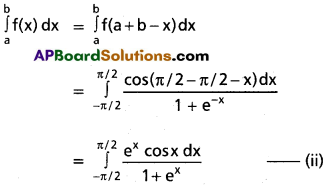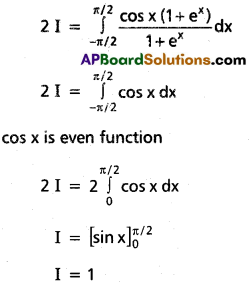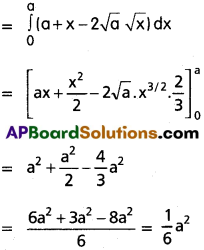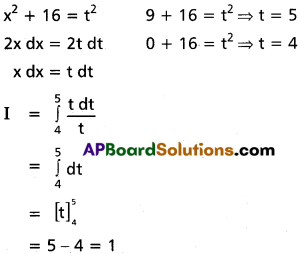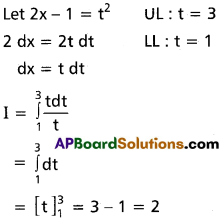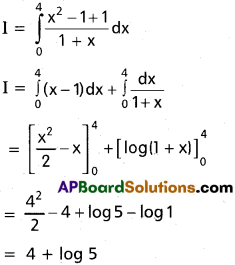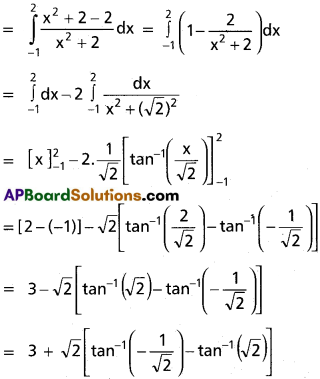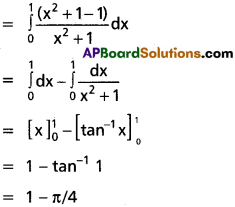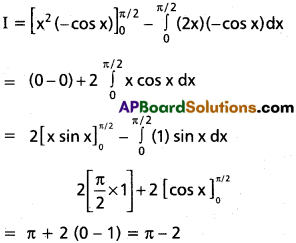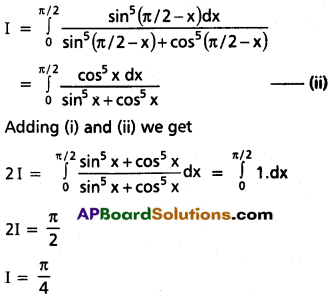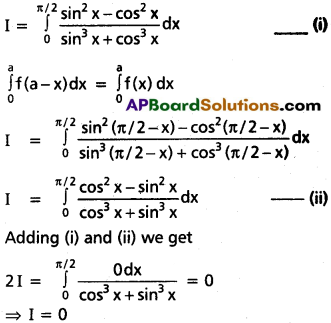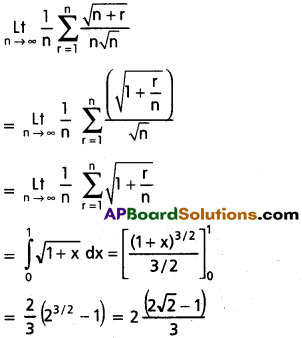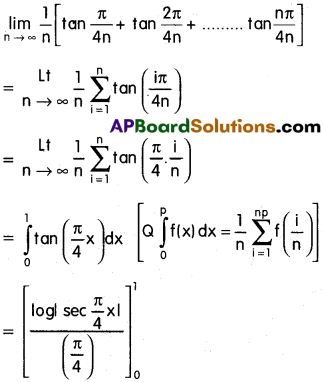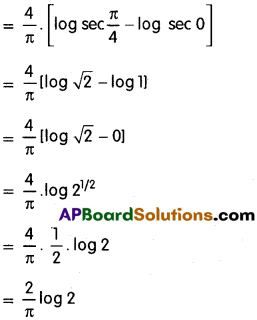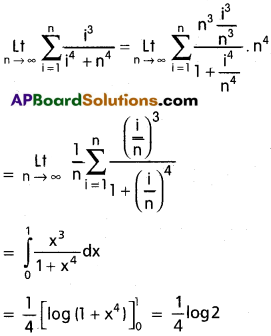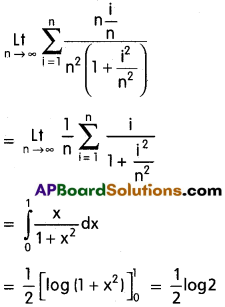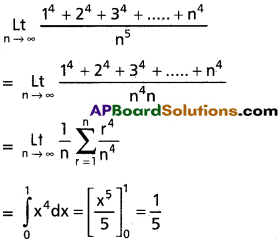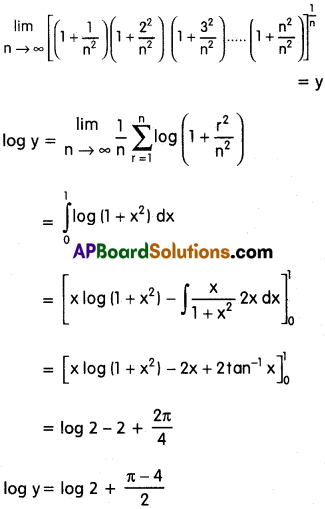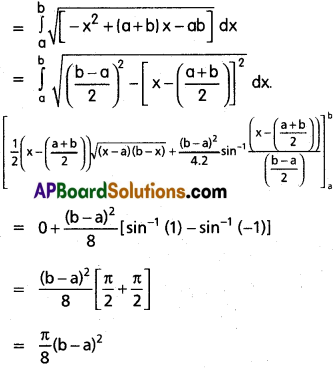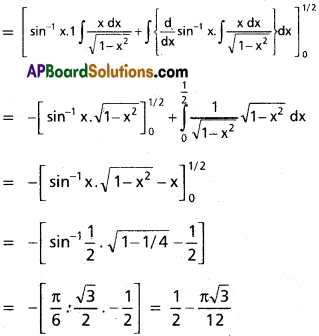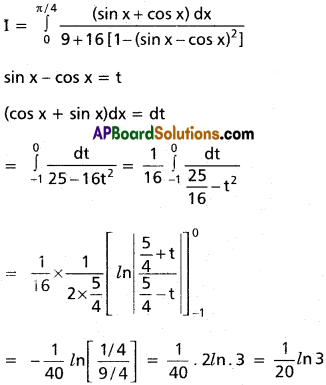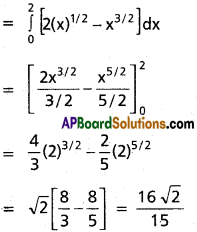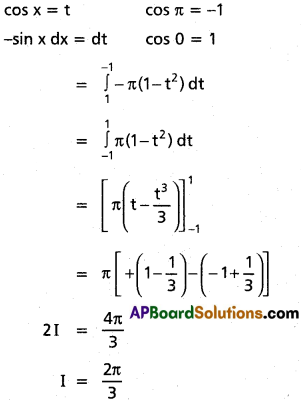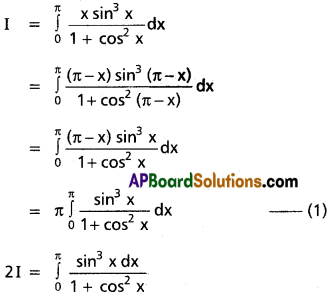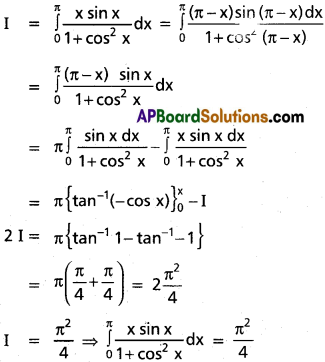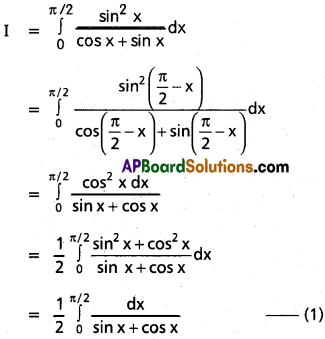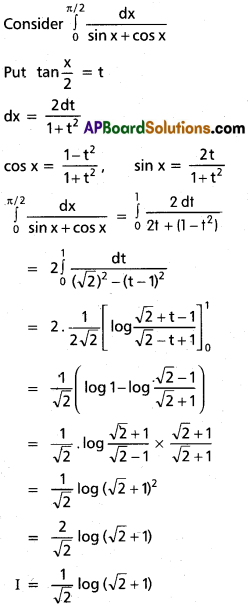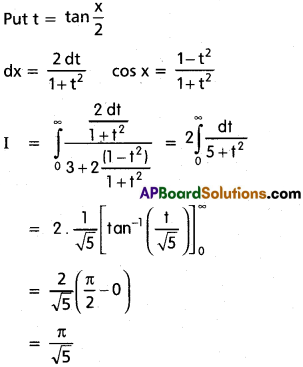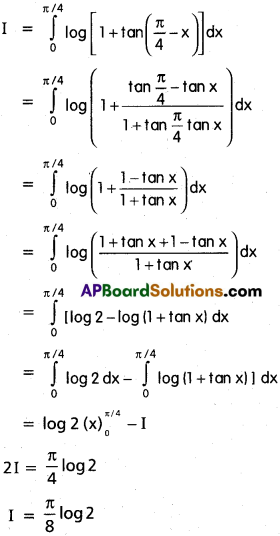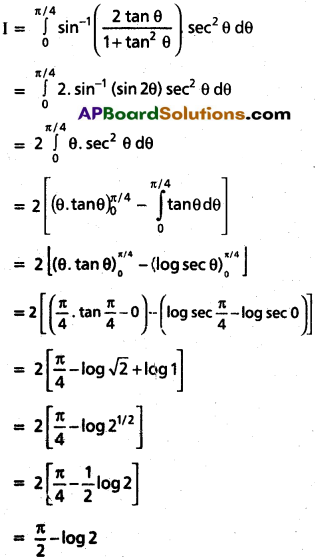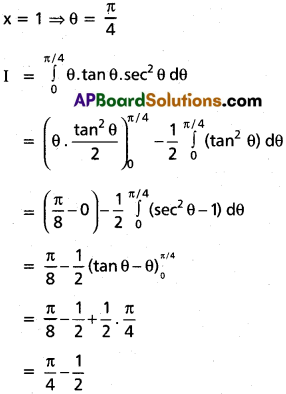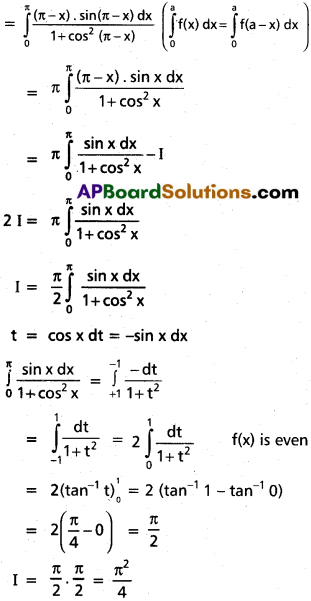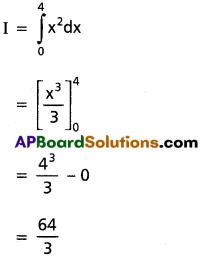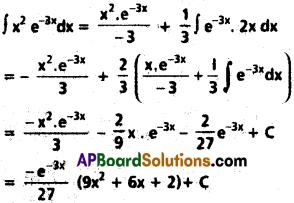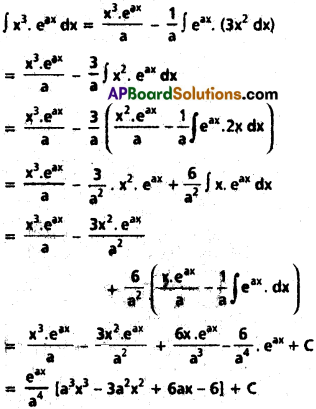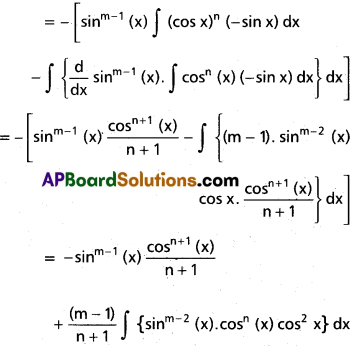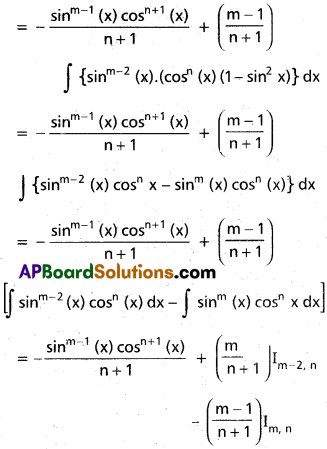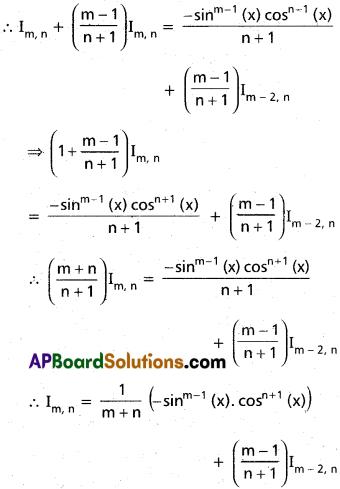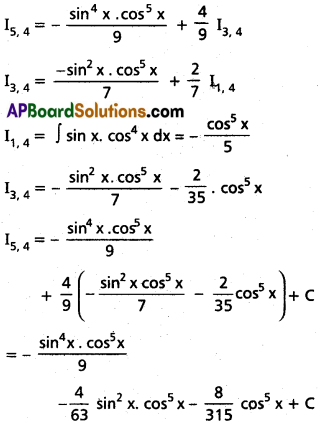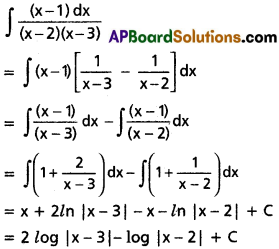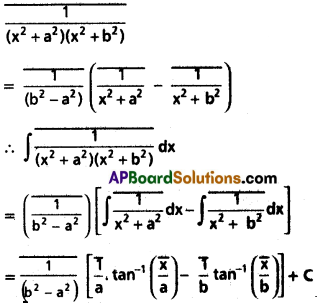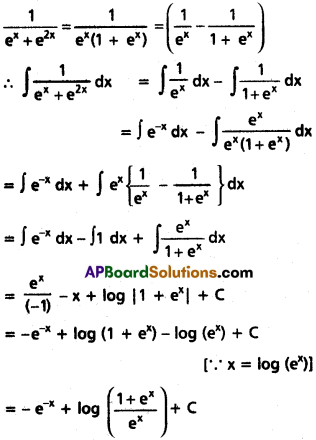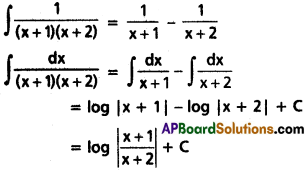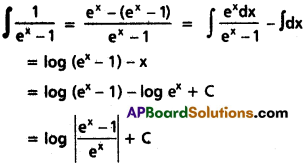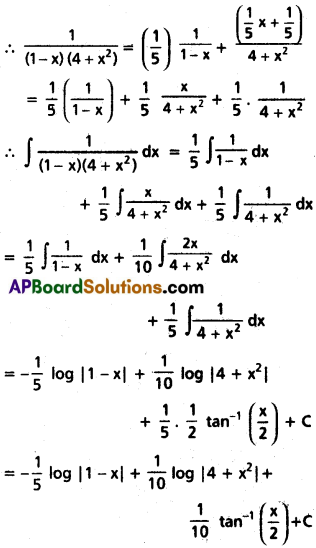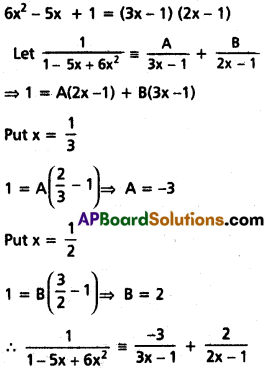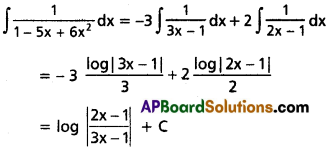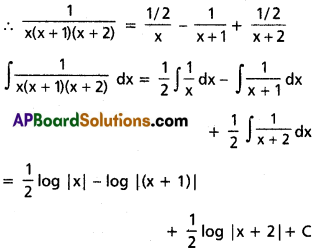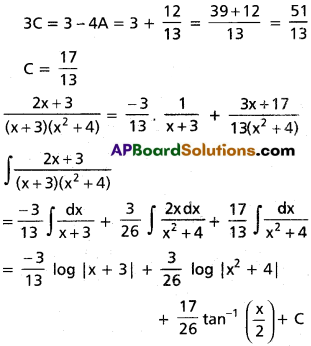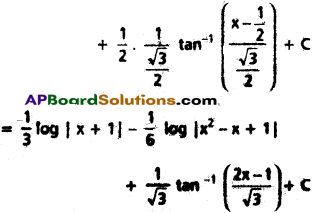Andhra Pradesh BIEAP AP Inter 2nd Year Botany Study Material 1st Lesson Transport in Plants Textbook Questions and Answers.
AP Inter 2nd Year Botany Study Material 1st Lesson Transport in Plants
Very Short Answer Questions
Question 1.
What are porins? What role do they play in diffusion?
Answer:
Porins are proteins that form huge pores in the outer membranes of the Plastids, mitochondria, and some bacteria, allowing molecules upto the size of small proteins to pass through.
Question 2.
Define water potential. What is the value of the water potential of pure water?
Answer:
Water potential is defined as the chemical potential of water and a measure of energy for reaction or movement. The value of the water potential of pure water is zero.
Question 3.
Differentiate osmosis from diffusion.
Answer:
| Osmosis | Diffusion |
| The movement of water from low concentrated place to high concentrated place through a semipermeable membrane is called osmosis. | The movement of gases or molecules from high concentrated place to low concentrated place is called diffusion. |
![]()
Question 4.
What are apoplast and symplast?
Answer:
| Apoplast | Symplast |
| 1) Apoplast is the path of water with in the plant that moves without crossing membranes. | 1) Symplast is the path of water movement in the plant system that crosses the membranes. |
| 2) It is faster process. | 2) It is a slower process. |
Question 5.
How does ffuttation differ from transniration?
Answer:
| Guttation | Transpiration |
| 1) The loss of water from the leaves of plants in the liquid form. | 1) The loss of water in the form of water vapour from leaves. |
| 2) It is an uncontrolled process. | 2) It is a controlled process. |
Question 6.
What are the physical properties of water responsible for the ascent of sap through xylem in plants?
Answer:
1) Cohesion :
Mutual attraction between water molecules.
2) Adhesion :
Attraction of water molecules to polar surface (such as the surface of trachery elements).
3) Transpiration pull:
Driving force for upward movement of water.
Question 7.
With reference to transportation of food within a plant cells, what are the sources and sink?
Answer:
Source is the part of the plant which synthesise the food. Sink is the part of the plant which utilizes depending on the season or the plants needs.
Question 8.
Does transpiration occurs at night? Give an example.
Answer:
Yes. In succulent plants, stomata opens during the night and remain closed during the day time. (Scotoactive stomata) Eg: Bryophyllum, Cacti.
Question 9.
Compare the pH of guard cells during the opening and closing of stomata.
Answer:
Increase in the pH of guard cells leads to the opening of stomata. Decrease in the pH of guard cells leads to closure of stomata.
![]()
Question 10.
In the wake of transpirational loss, why do the C4 plants are of more efficient than C3 plant?
Answer:
C4 plants minimise water loss and fixes more CO2 than C3 plants.
Question 11.
What is meant by transport saturation how does it influence facilitated diffusion.
Answer:
Transport rate reaches a maximum when all of the protein transporters are being used is called transport saturation. It allows cell to select substances for uptake.
Question 12.
How does ABA bring about the closure of stomata under water stress conditions?
Answer:
Under water stress condition, ABA, a natural anti-transpirant drive the K+ ion put of the guard cells making them close.
Question 13.
Compare imbibing capacities of pea and wheat seeds.
Answer:
Proteinaceous pea seeds swell more on imbibition than starchy wheat seeds, because proteins have very high imbibing capacities compared to carbohydrates.
Short Answer Questions
Question 1.
Define and explain water potential
Answer:
“The measure of the relative tendency of water to move from one area to another is called water potential”. It is denoted by the Greek symbol Psi or Ψ and is expressed in pascals (Pa). It has two components namely solute potential and pressure potential.
a) Solute potential:
If some solute is added to pure water, the solution has fewer free water molecules and the concentration of water decreases reducing its water potential. The magnitude of this lowering due to dissolution of a solute is called solute potential. It is denoted as Ψs. It is always negative.
b) Pressure potential :
When water enters a plant ceil due to diffusion, causing a pressure to build up against the cell wall. This makes the cell turgid. The magnitude of increase in water potential in such turgid cell is called pressure potential It is usually positive and is denoted as Ψp.
Ψ = ΨS + ΨP
Question 2.
Write short note on facilitated diffusion.
Answer:
Facilitated diffusion :
The diffusion rate depends on the size of the substances. Obviously smaller substances diffuse faster. The diffusion of any substance across a membrane also depends on its solubility in lipids, which also move faster. Substances that have a hydrophilic moiety find it difficult to move through the membrane. Their movement has to be facilitated by membrane proteins without utilising metabolic energy and there must be concentration gradient.
This is called facilitated diffusion. It cannot cause net transport of molecules from low to high concentration, this would require input of energy. Facilitated diffusion is very specific, it allows cell to select substances for uptake. It is sensitive to inhibitors which react with protein side chains.
Some proteins allow diffusion only if two types of molecules move together. In asymport both molecules cross the membrane in the same direction, in an antiport, they move in opposite directions. When a molecule moves across a membrane independent of other molecules, the process is called uniport.
Question 3.
What is meant by plasmolysis? How is it practically useful to us?
Answer:
Plasmolysis is the process in plant cells where the cytoplasm pulls away from the cell wall due to the loss of water through osmosis. This occurs when cell is placed in a hypotonic solution, water moves out causes the shrinkage of protoplast leading to the seperation of plasma membrane from the cell wall in the comers called incipient plasmolysis. The salting of pickles and preserving of fish and meat in salt are good examples of practical applications.
![]()
Question 4.
How does ascent of sap occur in tall trees?
Answer:
Upward movement of water through xylem against gravitational force is called ascent of sap. The transpiration driven ascent of xylem sap depends on (a) Cohesion – mutual – attraction between water molecules (b) Adhesion – attraction of water molecules to polar surfaces (c) transpiration pull – driving force for upward movement of water. These properties give water high tensile strength and high capillarity.
In plants capillarity is aided by the small diameter of the tracheary elements. As water evaporates through the stomata, Since the thin film of water over the cells is continuous, it results in pulling of water, molecule by molecule into the leaf from the xylem. Also, because of lower concentration of water vapour in the atmosphere, water diffuses into the surrounding air. This creats transpiration pull. The forces generated by the transpiration can create pressure sufficient to lift a xylem sized column of water over 130 metres high.
Question 5.
Explain pressure flow hypothesis of translocation of sugars in plants.
Answer:
Glucose is prepared at the source is converted to sucrose, then moved into the companion cells and then into the living phloem sieve tube cells by active transport. Water in the adjacent xylem moves into the phloem by osmosis. As osmotic pressure builds up, the phloem sap moves to the cells which will use the sugar converting it into energy, starch or cellulose. As sugars are removed, the osmotic pressure decreases and water moves out of the phloem.
To explain this, Munch conducted one experiment. In this, he took two osmometers A and B. In ‘B’ he took concentrated sugar solution and in A, he took pure water. These two bulbs A and B are connected by a tube, ‘C’. He then, placed A and B bulbs in X and Y water tubs which are connected by tube ‘Z’. Due to osmosis, water moves from A to B, B to A through ‘C and then A-X and finally X-Y through Z occurs until the solution becomes isotonic. In this he compared ‘B’ bulb as source, A’ bulb as sink, ‘C’ tube as phloem, X apd Y tubs are xylem. .
Question 6.
Transpiration is necessary evil’. Explain.
Answer:
Transpiration has both beneficial and harmful effects. They are
Beneficial effects :
- It helps in passive absorption of water.
- It also helps in passive absorption of mineral salts by Mass flow mechanism.
- It is the main force for ascent of sap.
- It regulates the temperature of plant body and provides cooling effect.
Harmful effects :
- Excessive transpiration makes the cells flaccid which retards growth.
- Excessive transpiration leads to closure of stomata thus obstructing gaseous exchange.
Hence transpiration is considered to be a necessary evil.
Question 7.
Transpiration and photosynthesis – a compromise. Explain.
Answer:
Transpiration has more than one purpose; it
- Creates transpiration pull for absorption and transportation in plants
- Supplies water for photosynthesis
- Transports minerals from the soil to all parts of the plant
- Cools leaf surface
- Maintains the shape arid structure of the plants by keeping the cells turgid.
An actively photosynthesising plant has an insatiable need for water. Photosynthesis is limited by available water which can be swiftly depleted by transpiration. C4 photo- synthetic system is one of the strategies for maximising the availability of CO2 and minimizing water loss. C4 plants are twice efficient than C3 plants in fixing carbon and also water loss.
![]()
Question 8.
Explain the mechanism of opening and closing of stomata.
Answer:
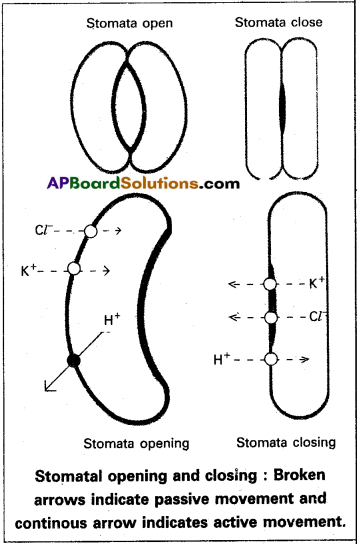
Mechanism of opening and closing of stomata :
Levitt (1974) proposed K+ pump theory to explain the opening and closing of stomata. According to this, K+ ions are accumulated into guard cells from the subsidiary cells in the presence of light. This coupled efflux of protons leads to increase in pH of the guard cells. K+ ion accumulation is associated with influx of Cl– ions to decrease the water potential of guard cells. Water enters into guard cells making them turgid. The outer walls of the guard cells are thin, expand out- wardly with the help of microfibrils in the cell walls of guard cells resulting in opening of stomata.
At night, the K+ and Cl– ions move out of the guard cells due to which the water potential of guard cells increases and water stands moving out of guard cells leading to the closure of stomata.
Under water stress conditions ABA (Abscisic acid), a natural antitranspirant drives the K+ ions out of guard cell making them close.
Intext Questions
Question 1.
Differentiate uphill and down till transport.
Answer:
| Uphill | Downhill |
| Proteins which transport substances from a low concentration to a high concentration is called uphill transport. | Proteins which transport substances from a High Concentration to a low concentration is called downhill transport. |
Question 2.
Compare facilitated diffusion and simple diffusion.
Answer:
| Facilitated diffusion | Simple diffusion |
| Movement of molecules along the concentration gradient, with the help of proteins. | Movement of molecules from one part of the cell to the other is called simple diffusion. |
Question 3.
What happens when two solutions of different concentrations are separated by an egg membrane? State the reason.
Answer:
If two solutions are separated by an egg membrane, the solution moves from low concentrated solution to a high concentrated solution through egg membrane (semipermeable membrane) until the two solutions become equally concentrated. It is called osmosis.
Question 4.
In general in a plant which path of water movement is more and why?
Answer:
Transpiration pull. Generally due to transpiration, tension is created in mesophyll cells which withdraws water from stem → root → Root hair and finally from the soil. Thus water goes upwards in the form of a continuous column.
Question 5.
Why pinus seeds fail to germinate in the absence of mycorrhizae?
Answer:
Pinus plants have an obligate association with the mycorrhizae. The fungus only provides water and minerals. That is why seeds of pinus cannot germinate in the absence of mycorrhiza.
Question 6.
Why do stomata close under water stress conditions?
Answer:
In water stress conditions, ABA (Abscisie acid), a natural antitranspirants drives thfe K+ ions out of guard cells making the stomata close.
Question 7.
How are stomata distributed in a typical monocot plant?
Answer:
Stomata are equally distributed on both the surfaces in monocot also plant.
Question 8.
In what form the sugars are transported through phloem?
Answer:
Sucrose, other sugars, hormones and amino acids.
Question 9.
Why does the root endodermis transport ions in one direction only?
Answer:
The walls of the endodermis are suberised (casparian strips) and is impervious to water. So water is directed to wall regions that are not suberised into the cells proper through membranes. So because of suberin, it has the ability to transport water in one direction only.
![]()
Question 10.
If a ring of bark is removed from an actively growing plant, what will happen and why?
Answer:
In the absence of downward movement of food, the portion of the bark above the ring on the stem becomes swollen after a few weeks. This shows that, phloem is the tissue responsible for translocation of food.
